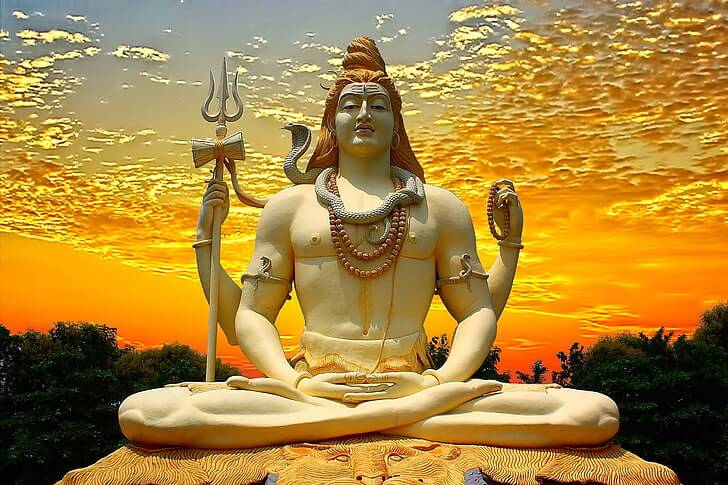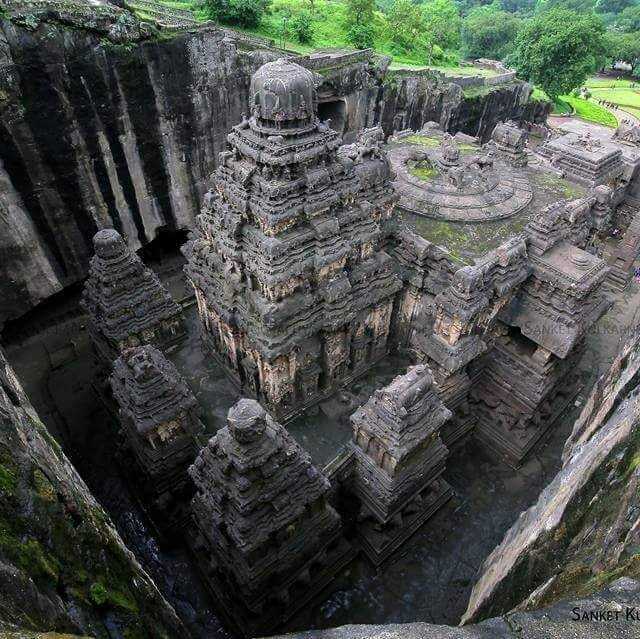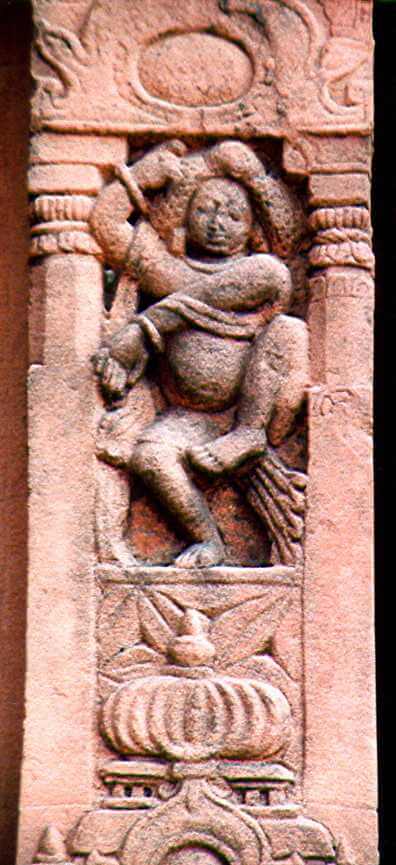
Was Ancient Hindu God Shiva Not From Earth? No Temple To Signify His Death
Shiva was not born, he appeared!
By Vicky Verma | How & Whys
In the Hindu culture, one of the Supreme gods Shiva’s existence on Earth has always been a mystery for many historians. He is known by many names, Shambhu (“Benign”), Shankara (“Beneficent”), Mahesha (“Great Lord”), and Mahadeva (“Great God”), which dignify his superhuman abilities. Shiva goes by many identities. In the Hindu Trinity, he represents the god that destroys the universe, along with Brahmá (the god who creates the universe) and Vishnu (the god that preserves the universe). Thus, he is referred to as Shiva, the “destroyer of evil and the transformer.”
Shiva Was Not Born, He Appeared
Moreover, many believe that God Shiva is a “Sayambhu” or “Swayambhu” which means he is not born from a human body. He was created automatically. He was there when there was nothing and will remain even after everything is destructed. That is why he is also called the “Adi-Dev,” which means the “Oldest God” in the ancient Vedic texts
Surprisingly, there is no mentioning of parentage, no place of birth, nobody saw him growing up. Beside, there is no record of his death because there is no significant temple that has been erected to signify the place where he took his last breath.
In the Hindu tradition of Shaivism, Shiva is described as an omniscient Yogi who lives an ascetic life on the famous Mount Kailash and is represented by his wife Parvati, and two sons, Ganesha and Kartikeya. The evidence that Shiva was the Earth does not only come from ancient Vedic texts but is also carved in stones and even the Mountain Kailash where Shiva supposedly resided.
The megalithic Kailasa Temple dedicated to Shiva is carved from a single rock cliff, and it is said that it took just 18 years to chisel out the estimated 400,000 tons of rock excavated in its construction. But how was this accomplished over a thousand years ago when modern engineers say such a feat is not even possible with today’s technology?

Was Shiva A Celestial Being?
India is also home to Earth’s oldest surviving religion which originated in 2000 BC. Interestingly, for many people in India, their gods are not mythological in nature, but are real beings that at times were present on the surface of the planet.
Shiva is often referred to as Yaksha Swaroopa in the Sanskrit text Panchakshara Stotra. Yaksha means a celestial being, like the ones that are not human and have come from elsewhere and exist in the natural environment like trees and/or mountains. Ancient Astronaut theorists suggest that Shiva, a powerful being, came from elsewhere and possessed flying machines, incredible weapons, and had supernatural abilities he used for various purposes.

According to Indian Mystic Sadhguru, “Yakshas, according to lore, were beings who came from a celestial realm. They were known to be beautiful and ageless. Adiyogi (Shiva) fits this description perfectly because there are no records of his birth, his childhood, his old age, or his death. The people around him were always described as other-worldly beings with distorted forms and boneless limbs, who spoke an unintelligible language. These were the Ganas who probably returned with him periodically to Kailasa.” So were Ganas and Shiva from somewhere else? Or probably aliens?
Shiva has no parentage, no place of birth. Nobody saw him as a young boy growing up. And if you look at the lore, it is very common to refer to Shiva as Yakshaswaroopa. The word Yaksha was used to refer to those kind of beings that are not human. pic.twitter.com/6qPwx7Rx01
— Sadhguru (@SadhguruJV) February 13, 2020
According to the southern Indian belief, he was twice as tall as an average woman. Based on these accounts, it would seem that he was nearly nine feet tall. The only animals he was seen to ride were an elephant and a bull; he was obviously too big to ride any other creature.
Shiva and the Great Flood
Ancient astronaut theorists tell us that Shiva most likely arrived at Earth at a time before modern humans walked the planet, but most importantly, before the event known in the Bible as the Great Flood.
Now, the great flood is a very important clue. Nearly every culture around the globe has some sort of ancient writings or oral beliefs, where they speak about and detail massive destruction that occurred on Earth: The Great Flood.
This catastrophic event is said to have wiped out much of the life on Earth. Now, ancient astronaut theorists point toward Shiva, the god of destruction. Even more interesting is the fact that Tibetan lamas tell that, after the Great Flood, when the whole Earth was destroyed by extreme rising waters when the waters eventually receded, mankind was created by the seed that was guarded by Lord Shiva.
There is yet another exciting story that suggests that Lord Shiva’s creation was a result of an argument between Lord Brahma and Lord Vishnu. Apparently, the two lords were arguing as who was more powerful. Suddenly, a blazing pillar appeared out of nowhere and stood erect in front of the deities. Next, the deities heard an anonymous voice, which told them to reach the end of the pillars.
Adhering to the command, the deities began their voyage to find the ends of the pillar to only return empty-handed. Once they gave up, they found Lord Shiva waiting for them, and they realized that an indestructible power rules the world and the eternity of the pillars symbolize the eternity of Shiva. The quote “Na aadhi naAnth hai uska” which translates to “He has no beginning and no end” suggests that he was some outside force that cannot be destroyed. And humans do not possess any such qualities.
No one can authenticate that Shiva was not an alien, similarly, no one can confirm that he was or is. Speculations always prevail and so do theories. These theories might sound logical, however, the logical approach is not always the best, especially when mentioning such divine powers.
This article was originally published by How & Whys.
